The growth in UK new car sales in recent years is set to come to an end after the highs of 2016. The 2.7 million new cars sold this year is a near-40% increase over the 2011 trough of 1.94m.
The big question is over the extent of the coming decline. The SMMT expects a 5% reduction next year, but many dealers suggest closer to 10% due to declining consumer confidence and rising prices. Foreign-built cars will be more expensive because of a weaker pound, but even UK-made cars will suffer, because the average UK car gets 59% of its parts from overseas.
ALFA ROMEO - DOWN
2015 market share 0.19%; 2016 market share 0.18%

In recent years, Alfa Romeo has probably made more PowerPoint presentations about its rebirth than it has made cars. The new plan hinges on the Giulia saloon and a family of SUVs, led by the recently revealed Stelvio.
ASTON MARTIN - DOWN
2015 market share 0.04%; 2016 market share 0.03%
New management, new money and a new factory to make an SUV (naturally). We’re about to find out if a luxury brand can really thrive beyond the control of a global manufacturer.
AUDI - UP
2015 market share 6.33%; 2016 market share 6.60%
Audi’s rising market share is getting dangerously close to Volkswagen’s. A premium brand is not meant to outsell its volume parent, so if VW declines much further, Audi may have to put the brakes on.
BENTLEY - UP
2015 market share 0.05%; 2016 market share 0.07%
Bentley is on its way towards doubling its 2015 market share, thanks to the Bentayga. It was planning a product offensive with the Bentayga’s profits, but the VW crisis means spending might be tight.
BMW - UP
2015 market share 6.36%; 2016 market share 6.66%
A BMW MD once said it would never sell more than 100,000 cars in the UK. It is now running at 170,000, but, given that every conceivable niche has been filled, further growth really is hard to imagine
CITROËN- DOWN
2015 market share 3.37%; 2016 market share 3.01%

DS — still counted as part of Citroën despite being turned into a stand-alone brand — is misfiring, with the DS 3 being outsold three to one by the Mini. Citroën’s biggest seller is the budget-priced C1 city car.
DACIA - DOWN
2015 market share 1.00%; 2016 market share 0.98%
Dacia is having a brief pause for breath until the Duster, its model with the most potential, is replaced next year.
FERRARI - EQUAL
2015 market share 0.03%; 2016 market share 0.03%
An unusual problem: how to restrict production to maintain exclusivity? The 2019 Dino is planned to grow annual production from 7000 units to 9000, but the potential profits from 10,000-plus cars surely must be tempting.
FIAT - DOWN
2015 market share 2.54%; 2016 market share 2.40%
In the US, Fiat is more open about its problems than it is here. Its US head of car brands, Timothy Kuniskis, said in an interview that the 500X was not adding any sales; it was simply cannibalising the 500L. It’s doing the same here, too.
FORD - DOWN
2015 market share 12.73%; 2016 market share 11.83%
Ford’s worst market share loss in many years. If the half-baked Ecosport did as well against the Vauxhall Mokka X as the Fiesta does against the Corsa, Ford would still be enjoying a market share of more than 13%.
HONDA - UP
2015 market share 2.03%; 2016 market share 2.22%
The first increase for a long time, and it’s thanks to the HR-V. Honda’s belated admission that it needs turbocharged petrol engines means its poor CO2 figures should also improve.
HYUNDAI - UP
2015 market share 3.35%; 2016 market share 3.45%
A third of its registrations now come from highly profitable SUVs (Tucson and Santa Fe), so Hyundai won’t mind too much that its overall sales are nearly holding station.
INFINITI - UP
2015 market share 0.05%; 2016 market share 0.11%

The strange UK-made Q30 and QX30 (based on a Mercedes A-Class, not a Nissan Qashqai), is barely making ripples, let alone waves. At least Sunderland’s workers will get the next X-Trail to build.
JAGUAR - UP
2015 market share 0.91%; 2016 market share 1.28%
The F-Pace SUV, not the XE saloon, is driving Jaguar’s sales growth the most. Expect the brand’s market share to approach 1.5% next year.
JEEP - UP
2015 market share 0.41%; 2016 market share 0.53%
Over 75% of Jeep registrations now come from the Fiat-based Renegade small SUV. At least its slightly agricultural dynamics are a reminder of traditional Jeeps.
KIA - UP
2015 market share 2.98%; 2016 market share 3.40%
One of the more unlikely statistics of 2016 is that the Sportage may well end the year as the UK’s number one compact SUV, ahead of the Ford Kuga.
LAND ROVER - UP
2015 market share 2.53%; 2016 market share 2.97%
Another year, another sales record. Even the Evoque, now the oldest model in the range, increased sales by a third.
LEXUS - UP
2015 market share 0.50%; 2016 market share 0.52%
Half of total sales now come from SUVs (the NX and RX). If Lexus has a European future, it is in these vehicles, rather than in me-too saloons.
LOTUS - EQUAL
2015 market share 0.01%; 2016 market share 0.01%
Lotus in profit shock: the company actually went into the black this autumn. The next couple of years will be about facelifts, but the company is planning a new sports range plus an SUV.
MASERATI - EQUAL
2015 market share 0.05%; 2016 market share 0.05%
Alfa Romeo’s big brother in prestige terms, but its identical twin in terms of missed targets. The 2014 plan was for around 5000 UK sales per year by 2018 — about triple what it did in 2016.
MAZDA - UP
2015 market share 1.73%; 2016 market share 1.77%
A post-Ford Mazda is successfully ploughing its own furrow with its Skyactiv technology. It’s also good to see that sales of the MX-5 are up by three-quarters to a very healthy 4000-plus.
MERCEDES-BENZ - UP
2015 market share 5.52%; 2016 market share 6.35%

Mercedes has recently rediscovered its spirit after being used as a punchbag by Audi and BMW for much of this century. All three marques are now in a photo-finish race for overall sales in 2016.
MG - UP
2015 market share 0.12%; 2016 market share 0.15%
SAIC has bowed to the inevitable and stopped kit assembly of MGs at Longbridge. The new GS crossover is yet to make any discernible impact.
MINI - UP
2015 market share 2.41%; 2016 market share 2.45%
A successful 2016, thanks to the five-door hatch. There should be another boost next year with the new Countryman, a more rounded product than the compromised Mk1.
MITSUBISHI - DOWN
2015 market share 0.86%; 2016 market share 0.68%
Mitsubishi in the UK is basically the Outlander plug-in hybrid SUV, which accounts for two-thirds of sales, but even that is coming off the boil a bit. Road tax changes for next year will also erode the Outlander PHEV’s fiscal advantage.
NISSAN - DOWN
2015 market share 5.85%; 2016 market share 5.64%

The two main models, the Juke and Qashqai, are middle-aged now, but there is a lot of new activity planned — all-new Micra and facelifted Qashqai in 2017, new Juke in 2018 — and that should stabilise its share.
PEUGEOT - DOWN
2015 market share 3.96%; 2016 market share 3.69%
Being fashionably late to a party is one thing, but not realising it’s even happening is something else. Peugeot has only just previewed its first home-designed SUV, the 5008. Hatchback sales are, inevitably, dwindling.
PORSCHE - UP
2015 market share 0.46%; 2016 market share 0.47%

With 60% of sales coming from the Macan and Cayenne, is Porsche a sports car company or a sporty SUV company? Meanwhile, buyers of the Boxster don’t seem to mind the new four-cylinder engine.
RENAULT - UP
2015 market share 2.87%; 2016 market share 3.14%
The Captur and Kadjar crossovers are doing very good business, but Mégane and Scénic sales have collapsed. It’s possible that those model names are now toxic after the reliability woes of previous generations.
ROLLS-ROYCE - UP
2015 market share 0.01%; 2016 market share 0.02%
Sales are broadly stable, but there could be a genuine rise in 2018 with the new Phantom and the Cullinan SUV.
SEAT - DOWN
2015 market share 1.81%; 2016 market share 1.75%
This year was all about hanging on until the Ateca SUV arrived. Expect good progress in 2017.
SKODA - UP
2015 market share 2.84%; 2016 market share 2.97%
Remarkably, the Superb is now the UK’s fourth best-selling large family car, behind the Vauxhall Insignia, Volkswagen Passat and Ford Mondeo. There are volume brands and premium brands, but Skoda is arguably something much rarer: a classless brand.
SMART - UP
2015 market share 0.32%; 2016 market share 0.44%

The new Forfour/Twingo platform is outsold seven to one by the Aygo/108/C1 and five to one by the 500/Ka. There’s a reason why every other hatchback has its engine at the front.
SSANGYONG - UP
2015 market share 0.13%; 2016 market share 0.17%
The Lotus of SUVs: perennially loss-making but now recording a tiny trading profit. Ssangyong remains a long way from being successful enough to be self-funding, though.
SUBARU - EQUAL
2015 market share 0.13%; 2016 market share 0.13%
The UK doesn’t see the point of worthy 4x4s with flat four engines, whereas Americans see Subaru as the epitome of rational engineering and buy 600,000 a year. We await a PhD thesis on this contrast.
SUZUKI - UP
2015 market share 1.31%; 2016 market share 1.43%
The only company that can make big profits from small cars (thanks to 47% of the Indian market). Suzuki is now reinforcing its position as a maker of SUVs with the long-awaited new Vitara.
TOYOTA - DOWN
2015 market share 3.75%; 2016 market share 3.66%
The tedious Auris and Avensis are set to be largely replaced by the new Qashqai-rivalling C-HR, which will finally give Toyota a competitive family car. Currently, more than half of its sales come from the small Aygo and Yaris.
VAUXHALL - DOWN
2015 market share 10.24%; 2016 market share 9.3%

Vauxhall’s accountants must want to kiss every Mokka X they see; it’s the one big success story, selling more than 40,000 per year and leading its segment. The rest of the range is largely struggling.
VOLKSWAGEN - DOWN
2015 market share 8.50%; 2016 market share 7.61%
A serious post-Dieselgate decline. Fleet managers seem wary as they worry about who will want to buy a used Volkswagen diesel in 2019.
VOLVO - UP
2015 market share 1.65%; 2016 market share 1.71%
Volvo is quietly reinventing itself. For decades, the Swedish firm was known as ‘the big estate car company’, but now almost half of its sales come from the XC60 and XC90 SUVs.
It was a good year to be selling...
Crossovers - B-segment models, such as the Captur, were up 17%; C-segment cars, like the Qashqai, were up 25%.
SUVs - Market share rose by 28% to a new record. Only superminis and small family cars remain more popular.
Sports cars and luxury saloons - Sales of both segments were up by 11%.
It was a bad year to be selling...
City cars - Despite new-ish models like the Adam, market share fell for the second year running.
Non-premium hatchbacks - Superminis and family hatchback sales both fell as people moved to crossovers.
Large family cars - The D-segment, featuring cars such as the Mondeo, fell again to just 3.8% market share. Twenty years ago it was more than 20%.
David Francis

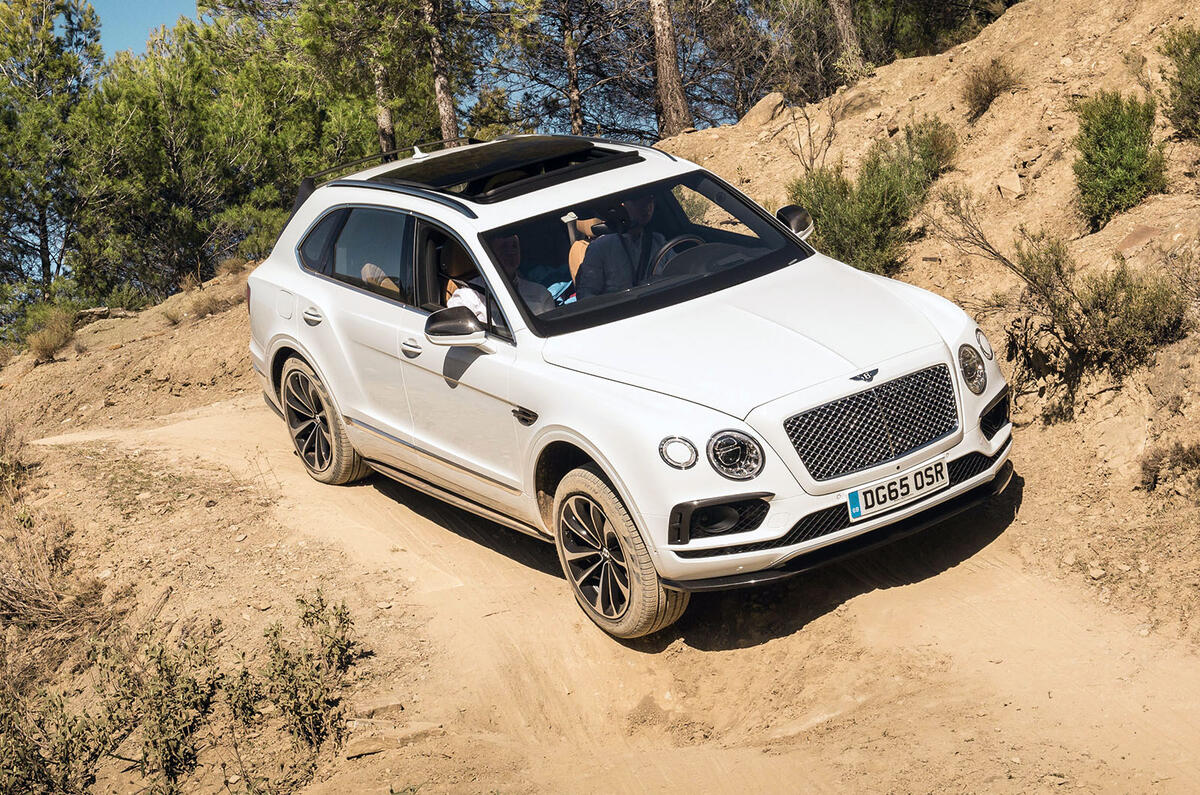
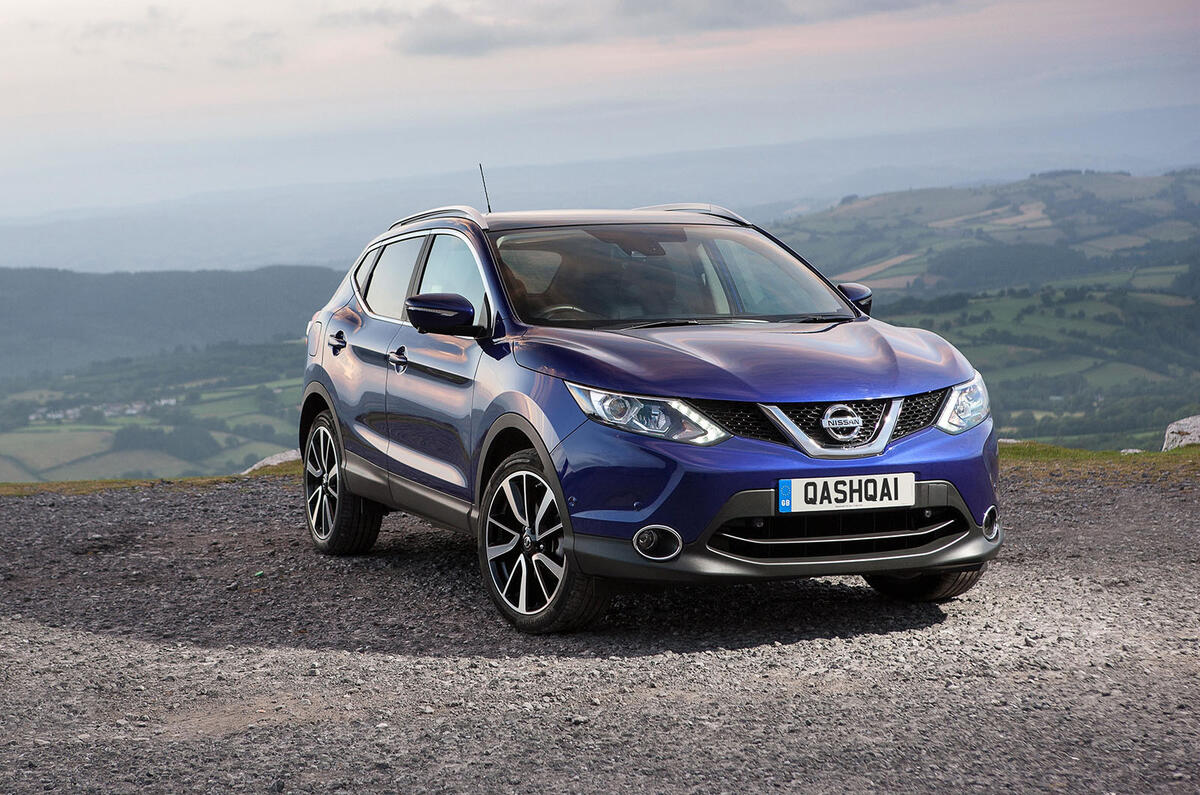
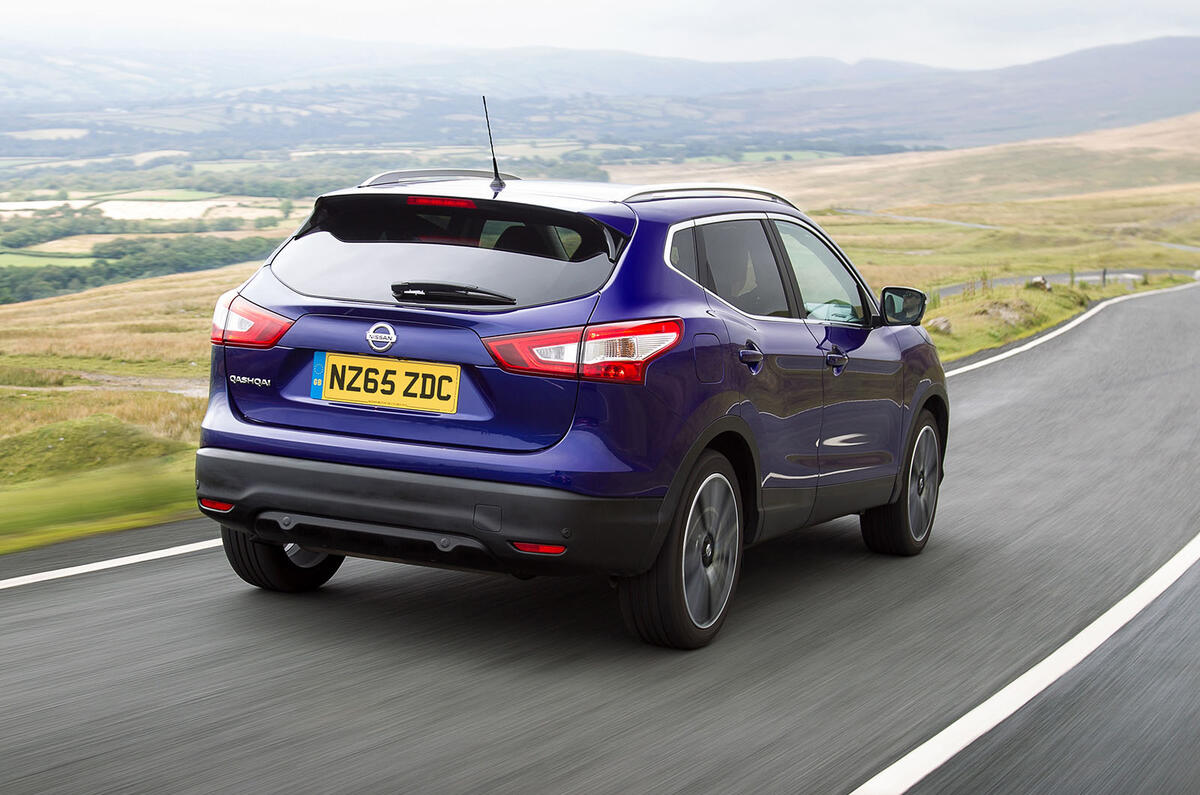
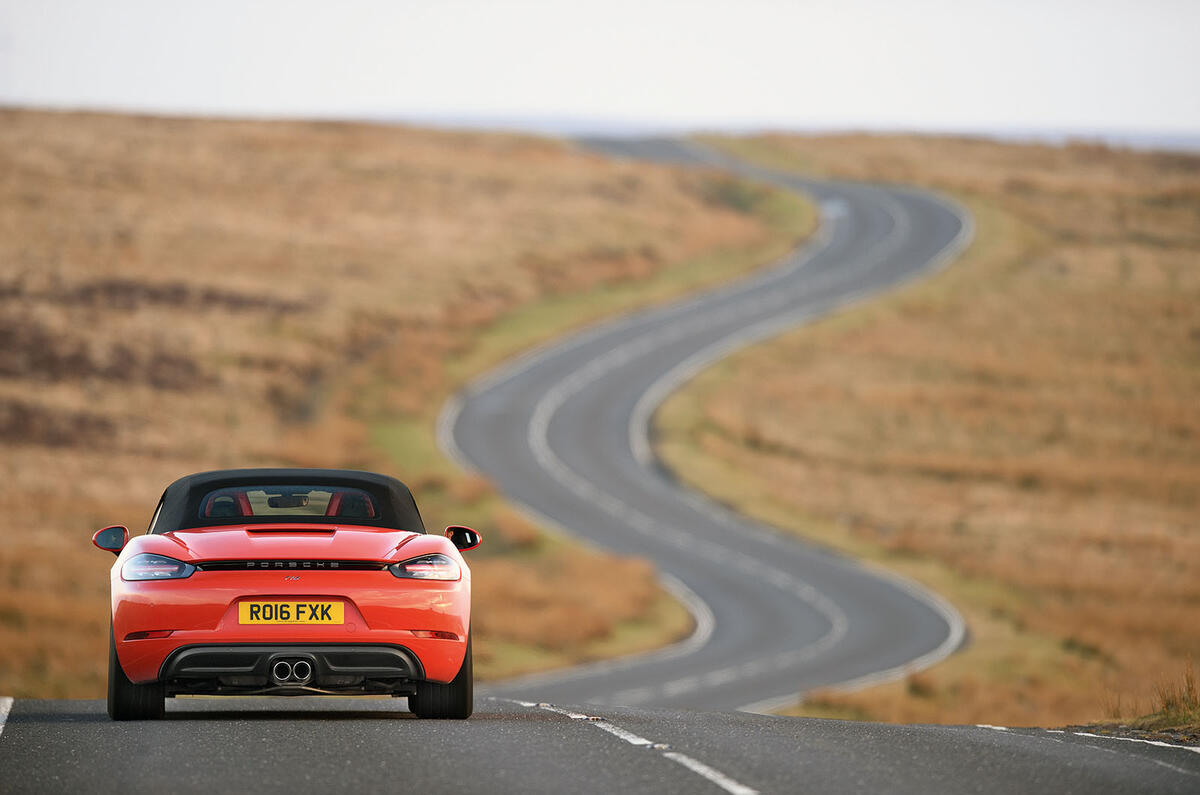
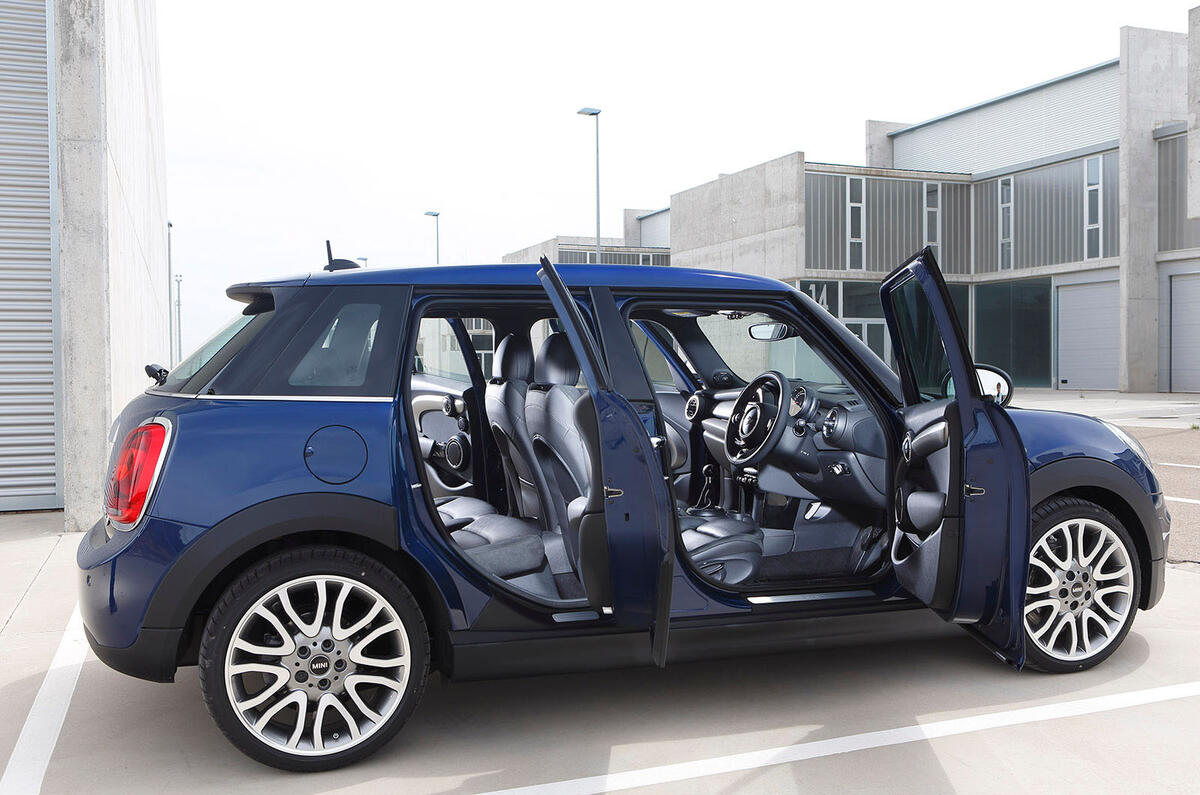
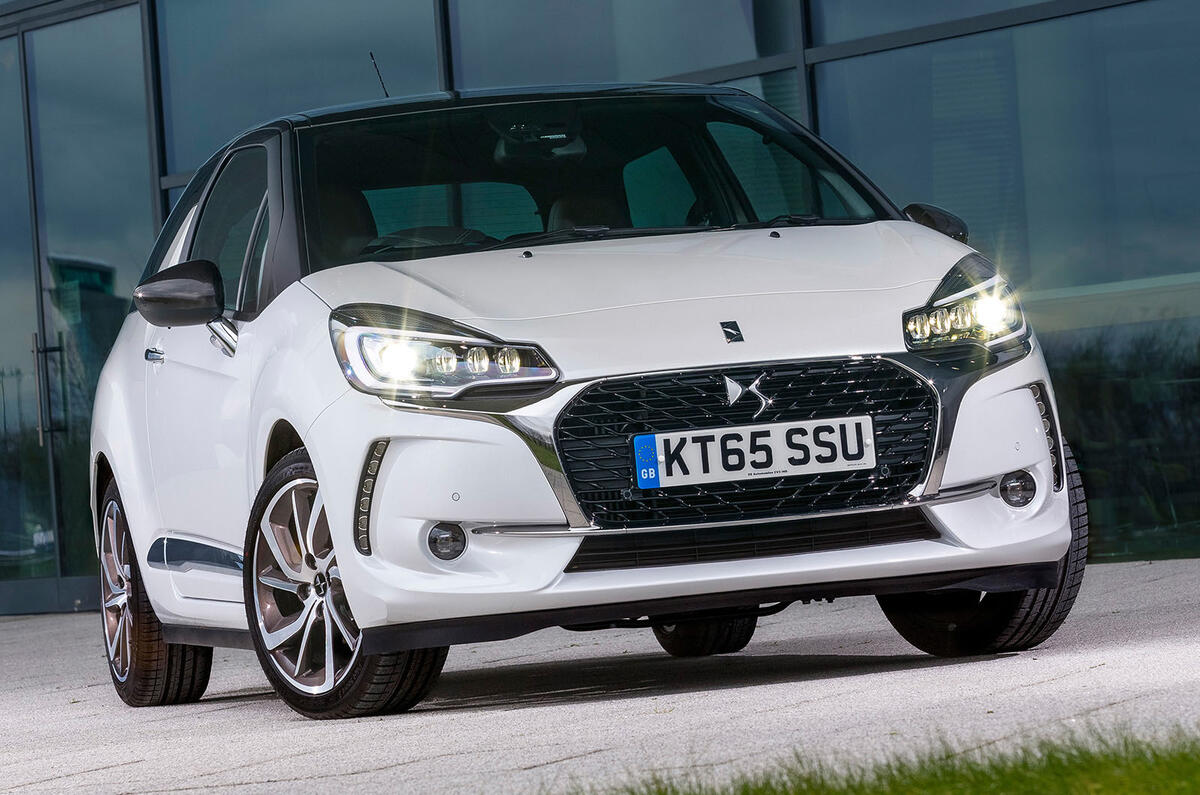
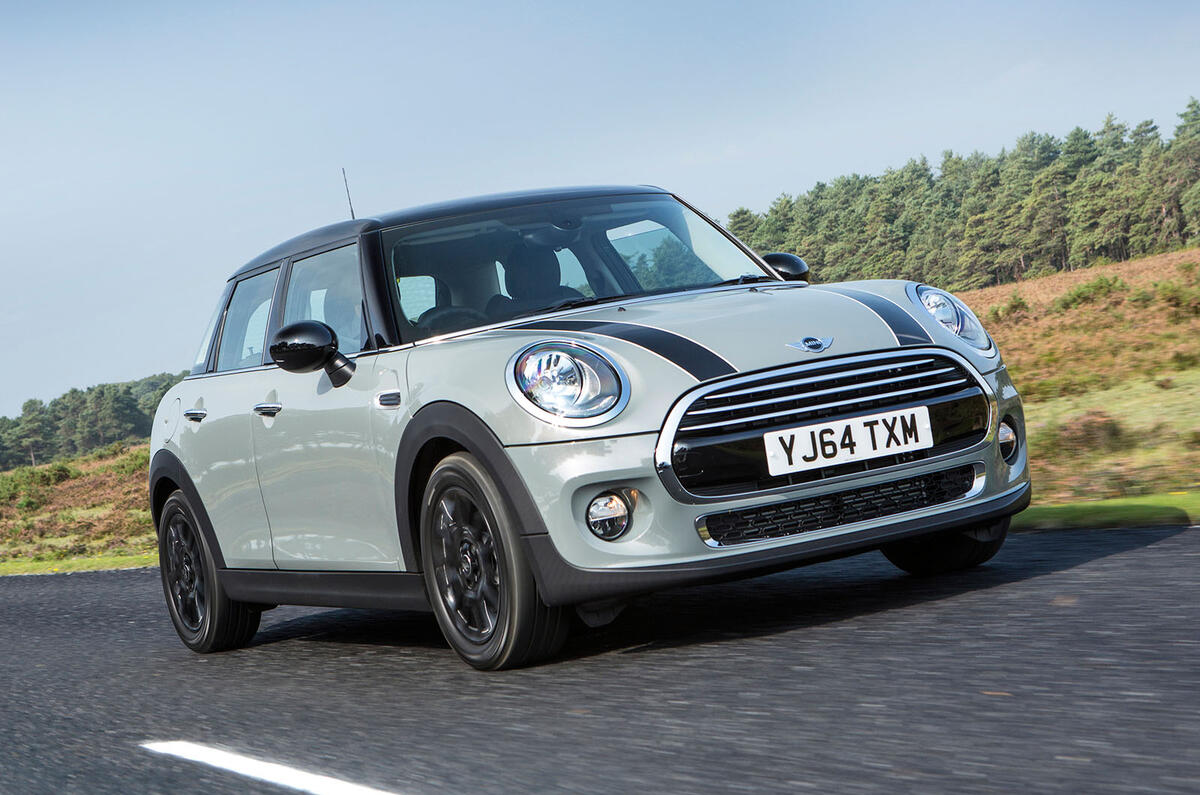
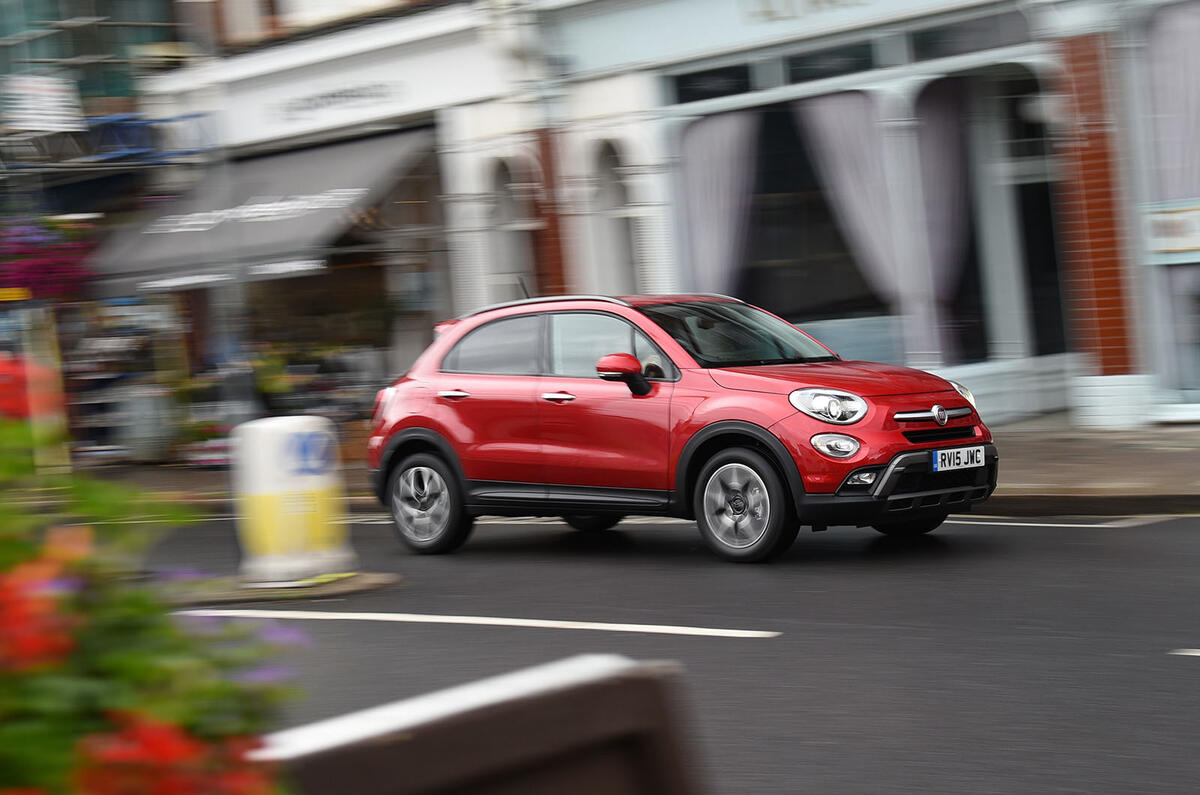
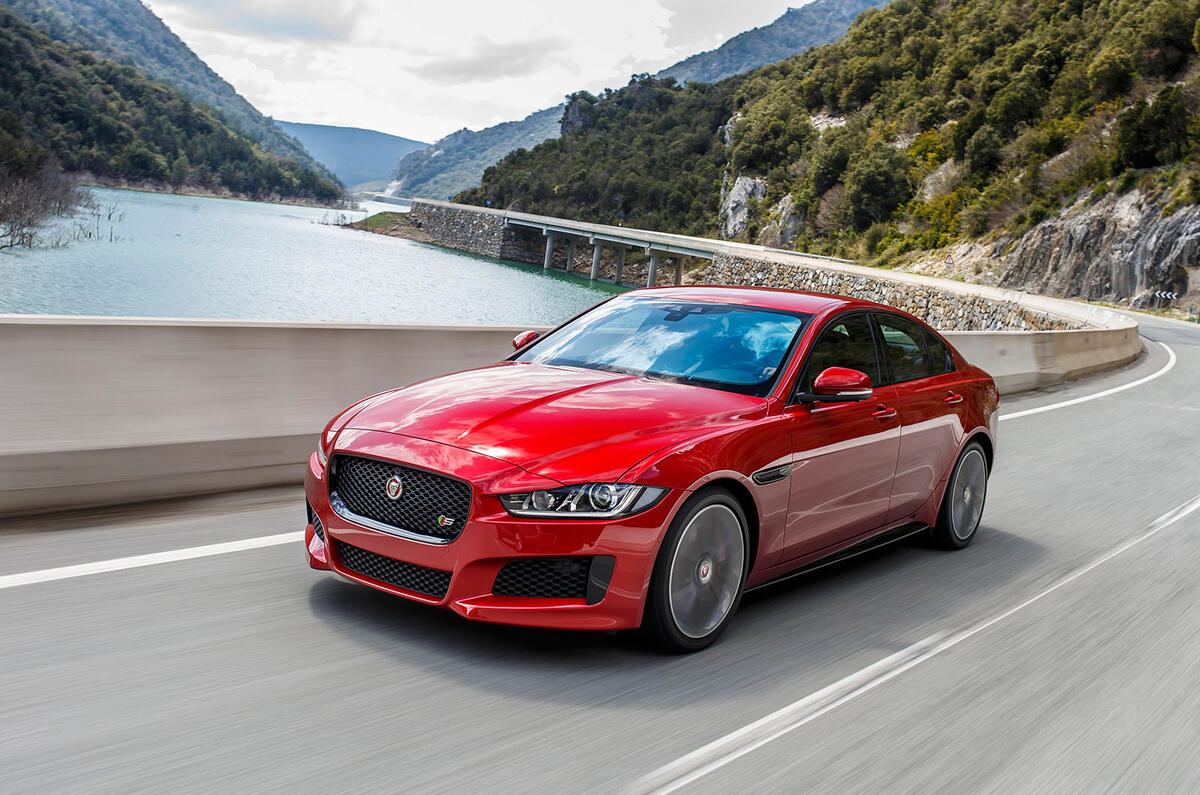

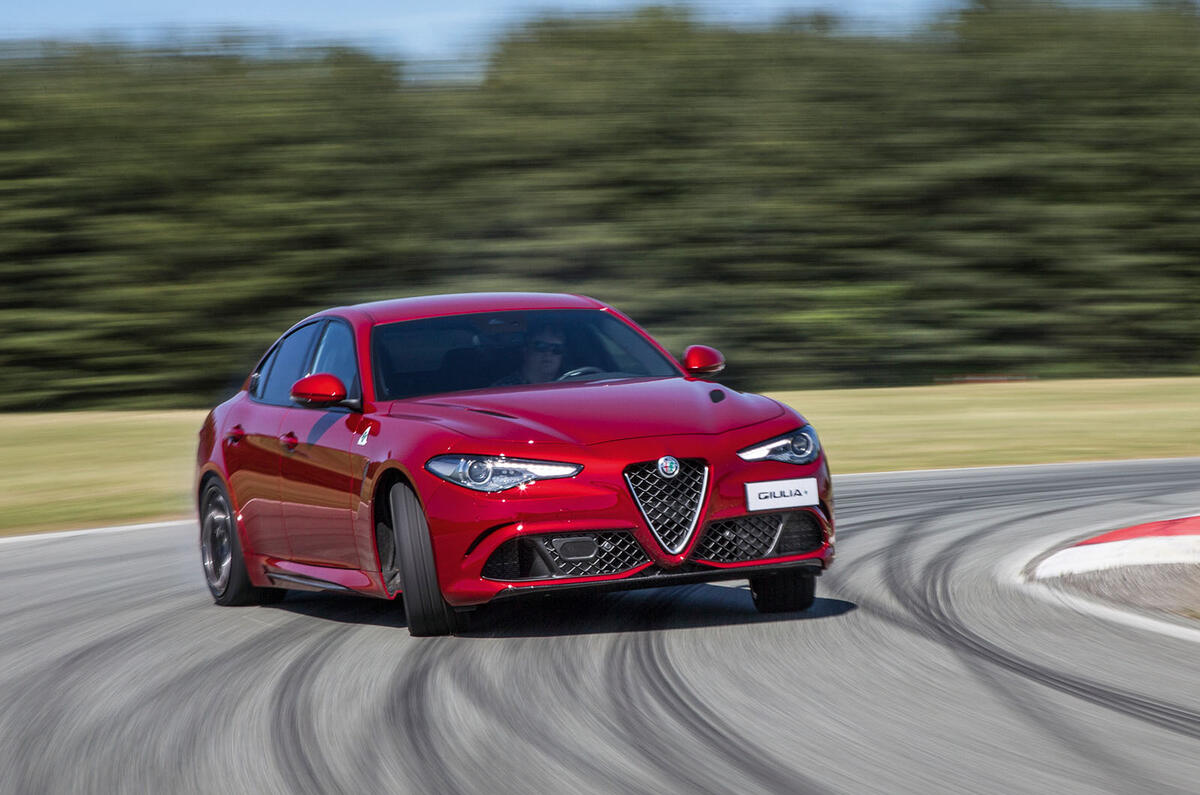
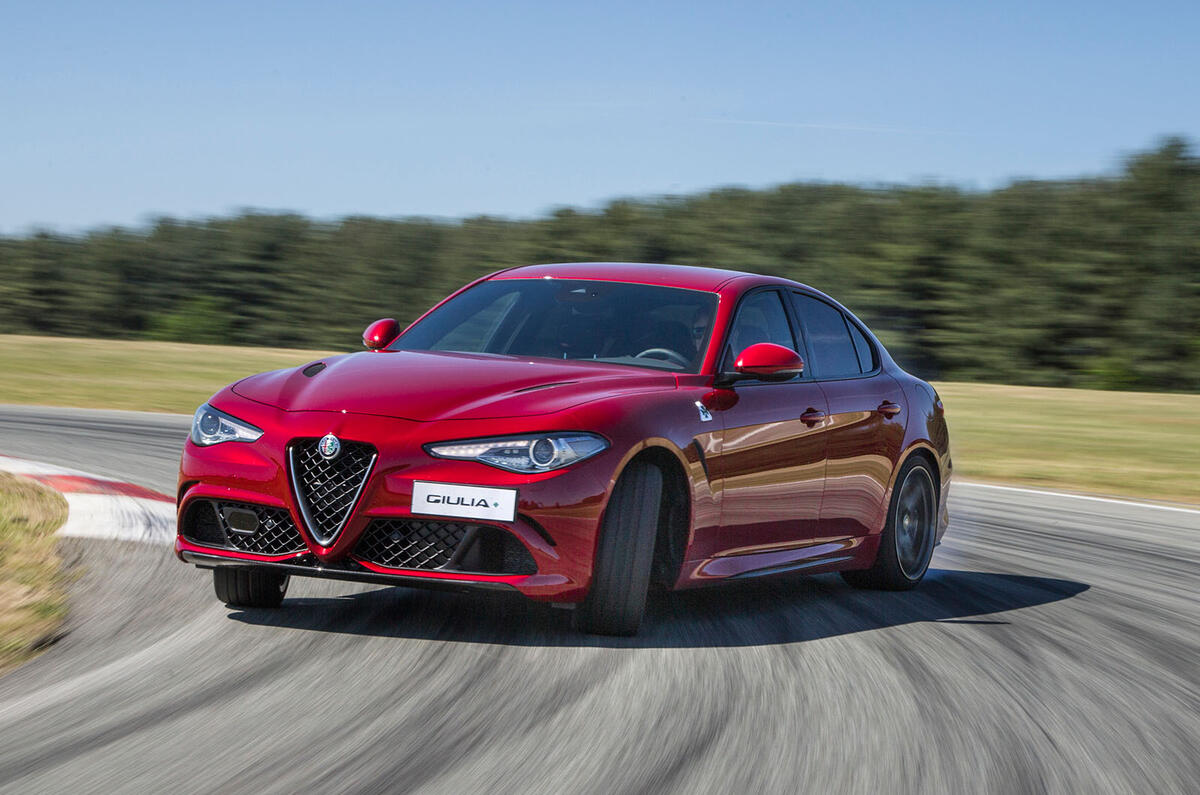
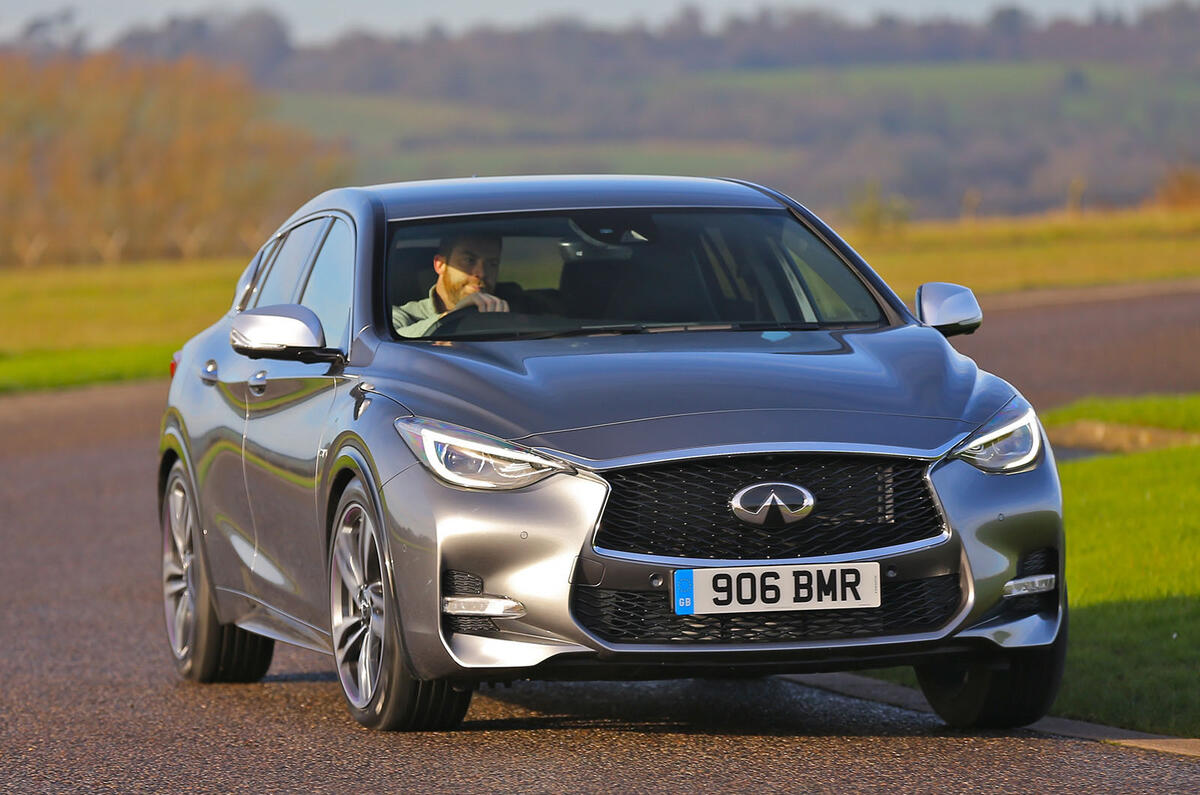
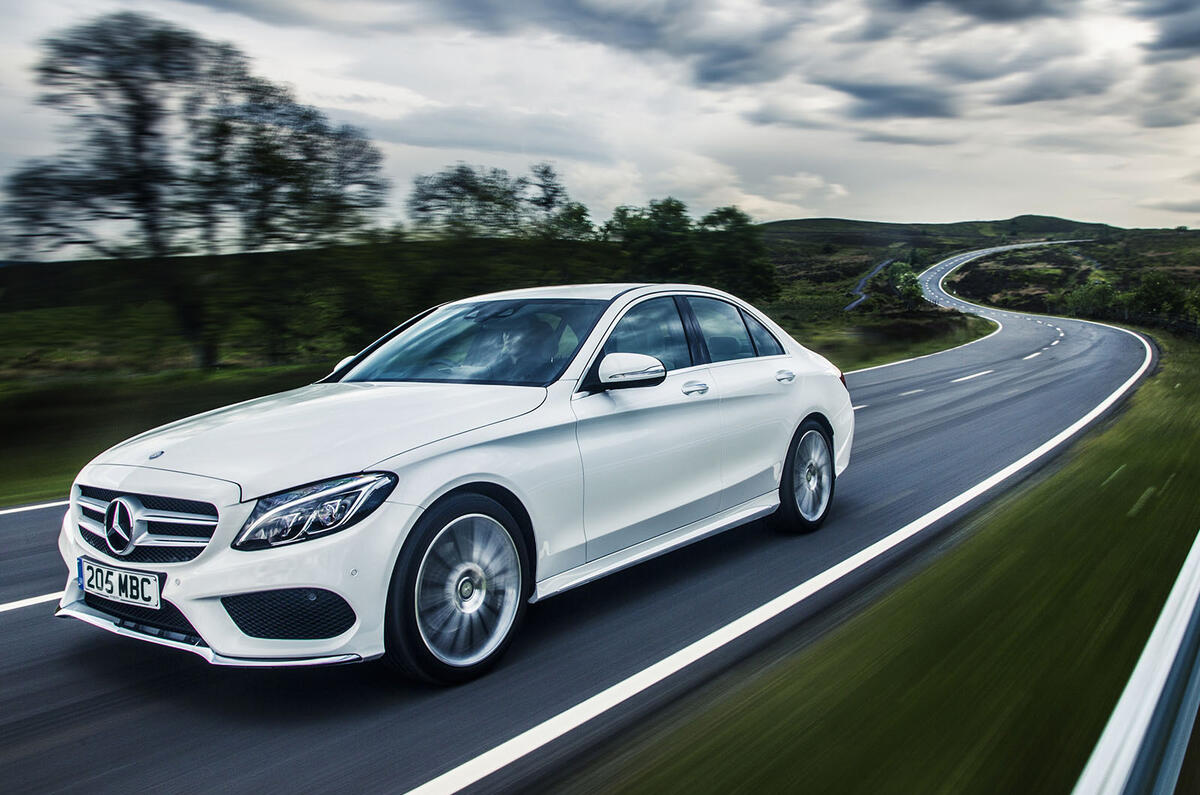
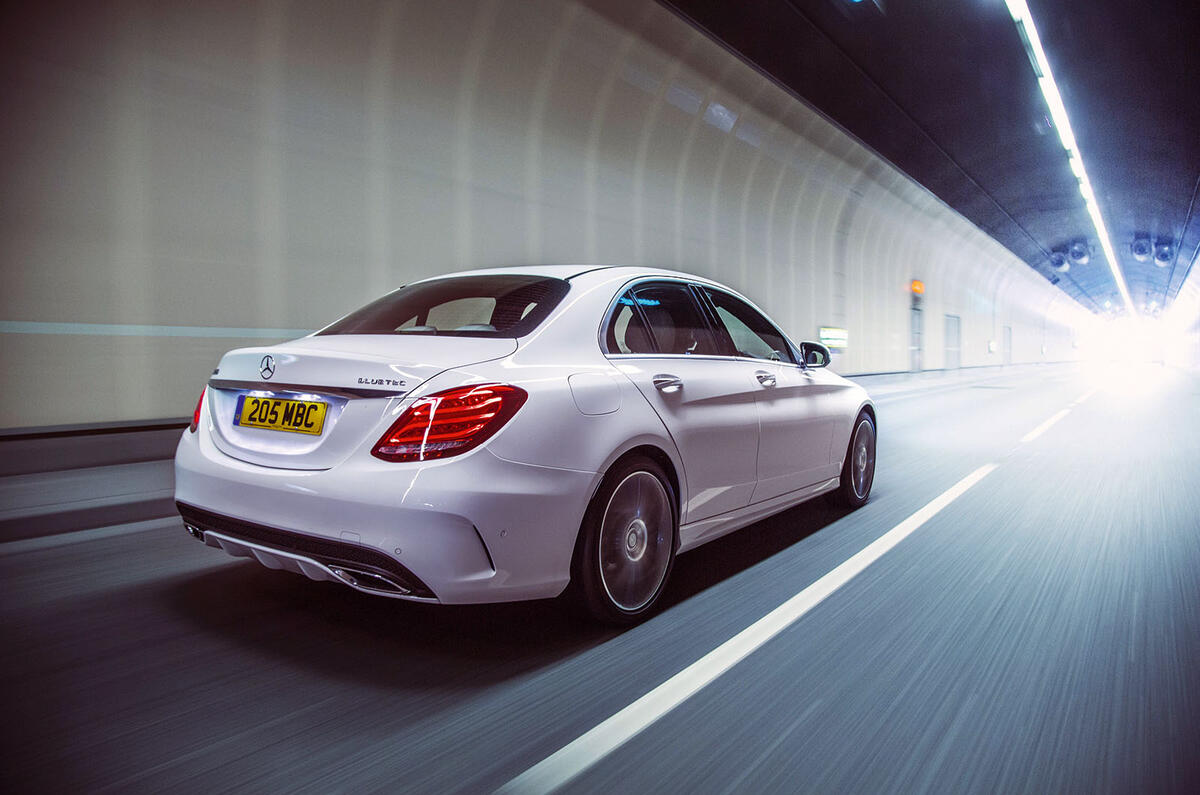
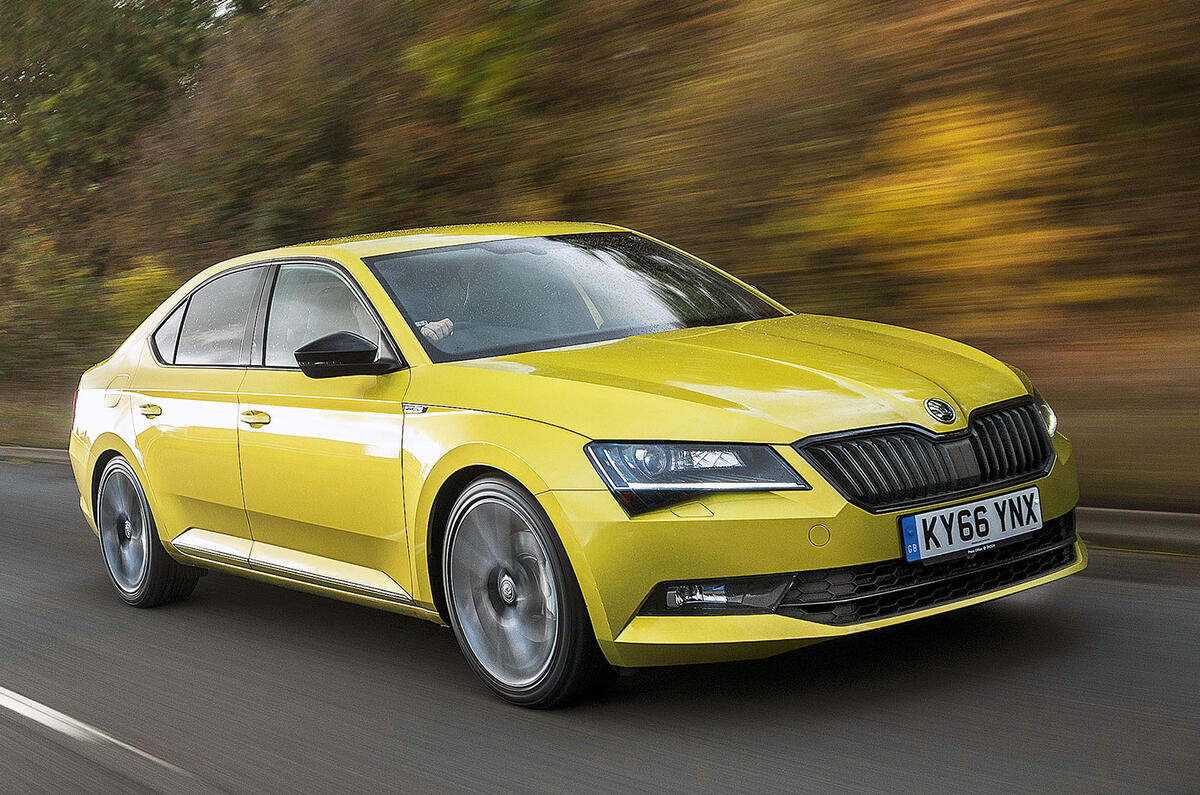
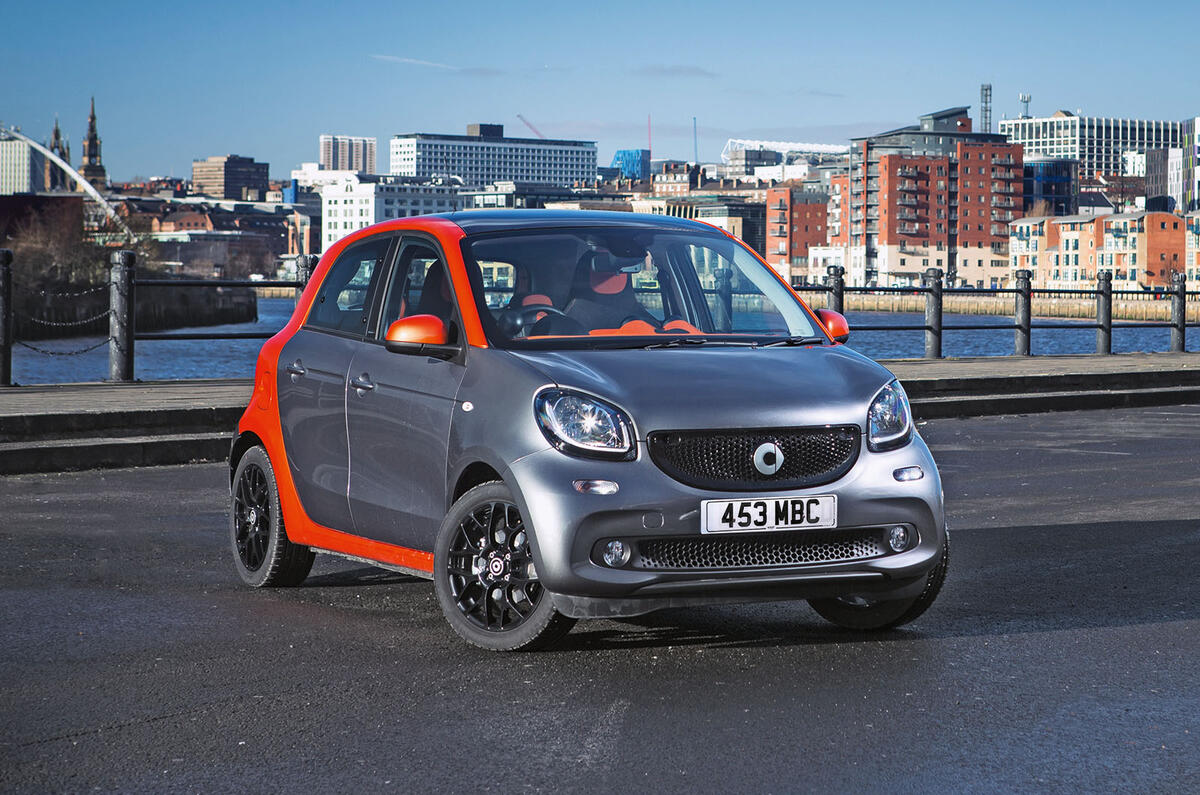
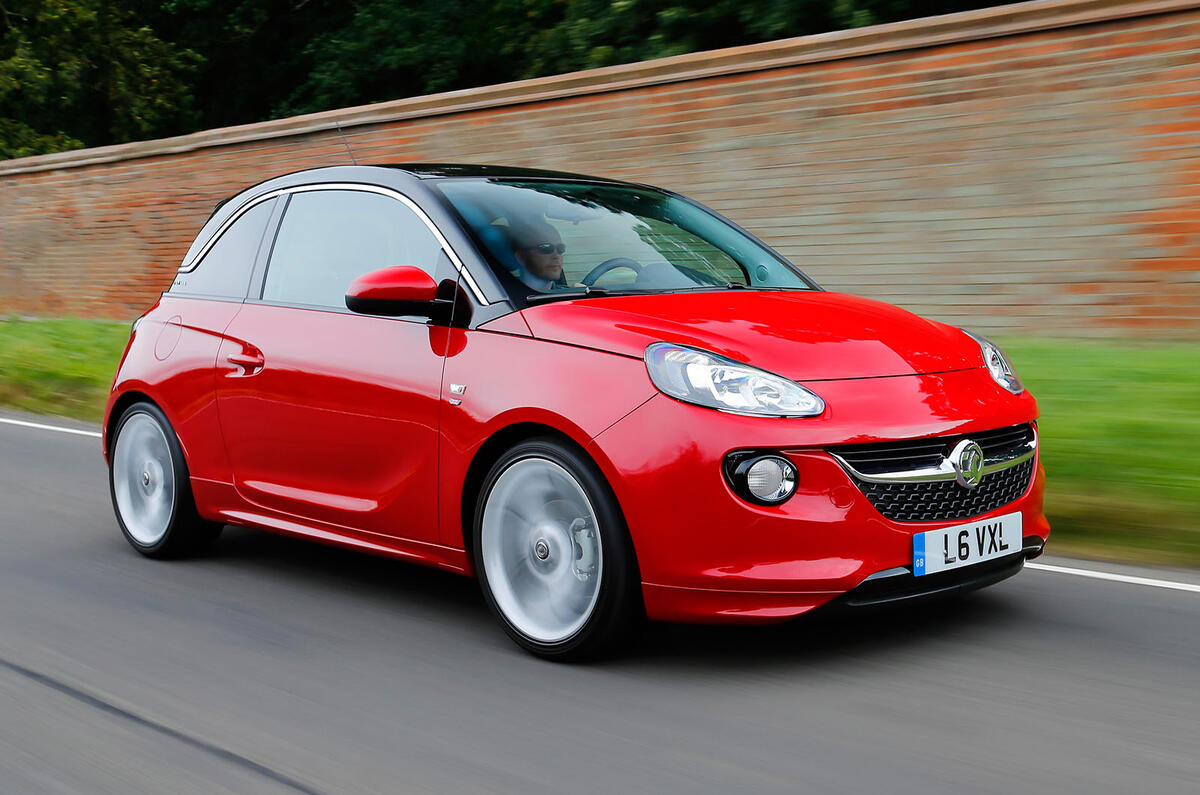
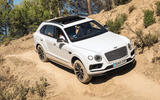
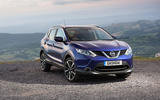
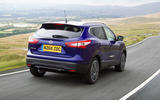
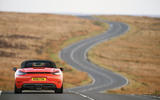
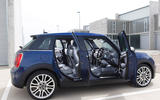
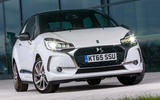
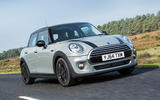
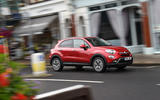
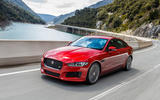
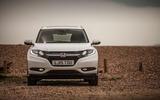
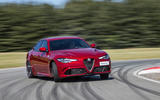
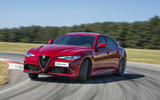
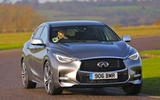
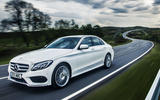
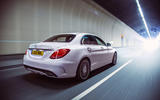
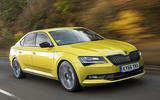
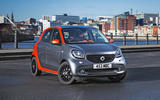
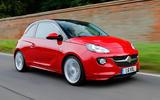


Join the debate
Add your comment
no mclarens?
Great, more bloody SUVs (read
But it's all good because the unnecessary ride height compensates for the owner's lack of endowment.
2016 car sales
Why do Brits buy so many VW group products when NONE are assembled in UK other than a few Bentleys?
Strange people the Brits are???
SteveNZ wrote:
If a car is chosen to be bought because it is made locally irrespective of its inherent merits, then this is the worst kind of self-imposed protectionalism (Think communist-era Ladas & Skodas, except there buyers had little choice) A docile car buying public (call them patriots or nationalists if you like) takes away competitiveness and will do the car industry or any industry no good in the long term.
NZ any better?
I wouldn't be so quick to jump on the case of the Brits when, despite so called Kiwi pride, our entire manufacturing base in NZ has been decimated due to cheap imports.